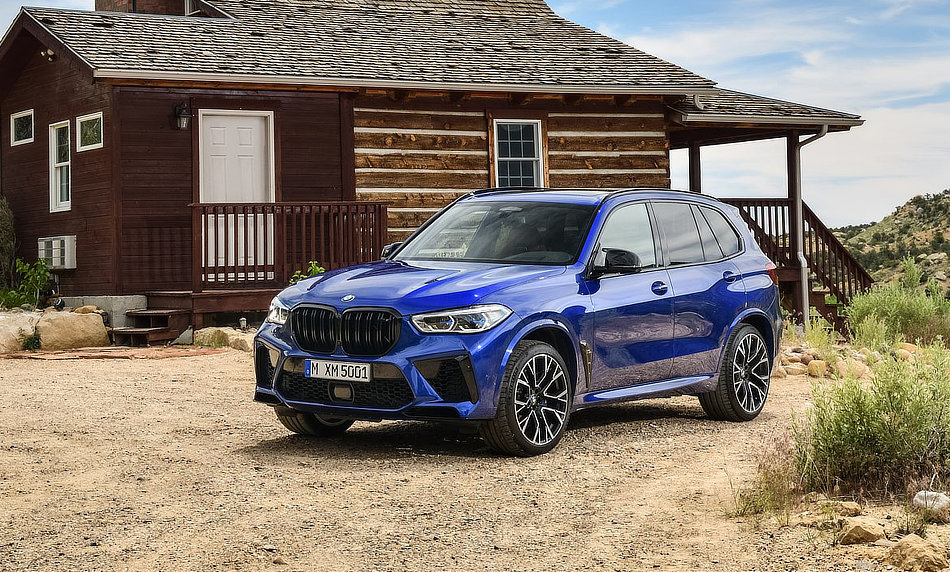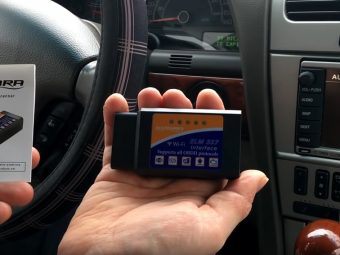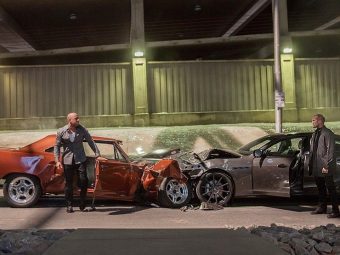It’s October 2025. If you’re shopping for a car, do a recall check before you pay. A recall means something on the car could be unsafe. Fixes are done by the dealer at no charge for most newer vehicles. But parts can run out, and some cars carry “do not drive” or “park outside” warnings.
What a recall is
– A recall is an official safety fix from the carmaker.
– The dealer repairs the problem for free if the car is within the federal window (generally up to 15 years from first sale; tires have shorter coverage).
– You can check any car for open recalls by VIN at the NHTSA site or in the SaferCar app.
– Mail notices usually arrive within about two months after a recall is announced.
New vs. used sales
– New cars: dealers are not allowed to sell a new vehicle with an open safety recall.
– Used cars: there’s no across-the-board federal ban on selling a used car with an open recall. Many sellers still hold cars until fixed, but you must ask.
Fall 2025: quick recall snapshots
– Toyota Sienna (2025, hybrid): second-row seat rail welding; dealer replaces the rails.
– BMW (choses 2020–2025 3-Series, X5, X7, and related models): risk of starter overheating → risk of
– Hyundai Santa Fe (2024–2025): problem in the vicinity of the starter area after some crash scenario → risk of fire; test and reinstall.
– Nissan NV200 / NV200 Taxi / Chevy City Express: Fuel pump fuse shorting is possible, stalling; electrical repair.
– Dodge Dart (2013–2016): shift cable might come loose → rollaway danger; fix in the pipeline—to be confirmed.
If the listing mentions “stop drive” or “park outside,” treat it as urgent. Ask the seller to complete the repair before delivery or put a clear “we-owe” promise in writing with a date.
Research snapshot (October 2025)
EpicVIN analysts reviewed current campaigns and live listings this fall. The most common patterns we see:
– Electrical/thermal risks tied to starter circuits and wiring (fires are rare, but serious).
– Seat and occupant-safety hardware issues in family vehicles like minivans.
– Fuel-system electrical problems that can lead to engine stall.
What this means for buyers
– Ask the dealer if parts are in stock. Delays happen when parts are back-ordered.
– Newer vehicles usually get fixed faster. Older models lag as owners change and cars move across states.
– Keep proof. Save your VIN lookup and any recall letters.
5-step recall check before you buy
– Run the VIN at the NHTSA recall site (free). Take a screenshot.
– Call a brand dealer with that VIN: ask if there’s a stop-sale, and whether parts are available now.
– Get a ‘we-owe’ in writing if the repair will happen after you buy. Add a latest completion date.
– Plan your timing. Some fixes take an hour; some take weeks. Delivery may shift.
– Set alerts in the SaferCar app so you catch future recalls on the same car.
Final word from
A recall is a plan, not a panic. Use the VIN, confirm the fix, and make the seller commit in writing. For a fuller picture—title brands, flood or fire history, odometer patterns, and auction photos—pull an EpicVIN vehicle history report alongside your recall check.







